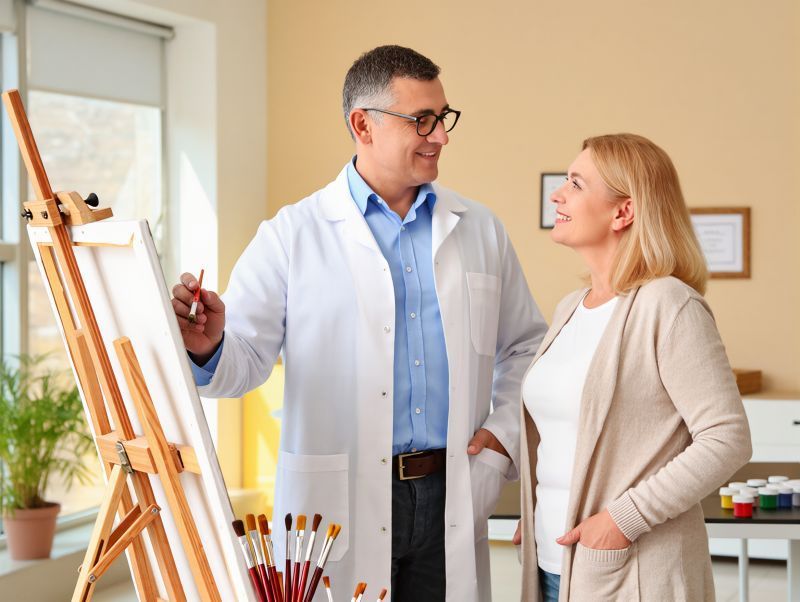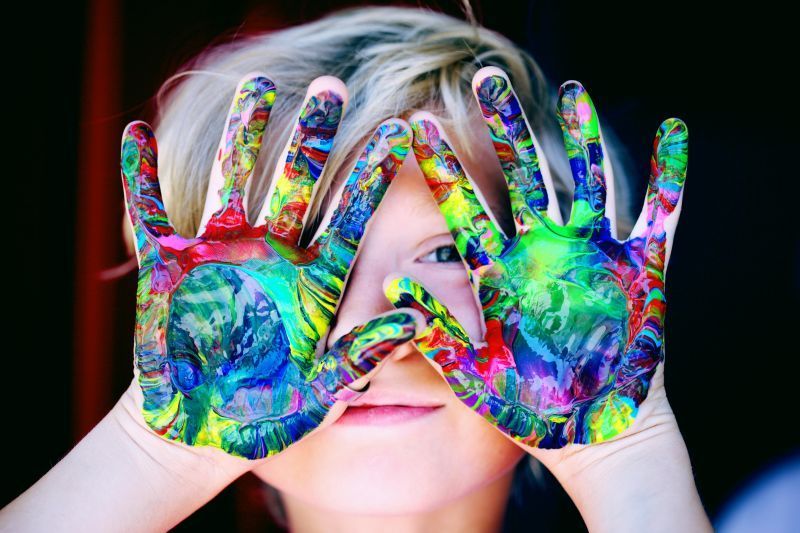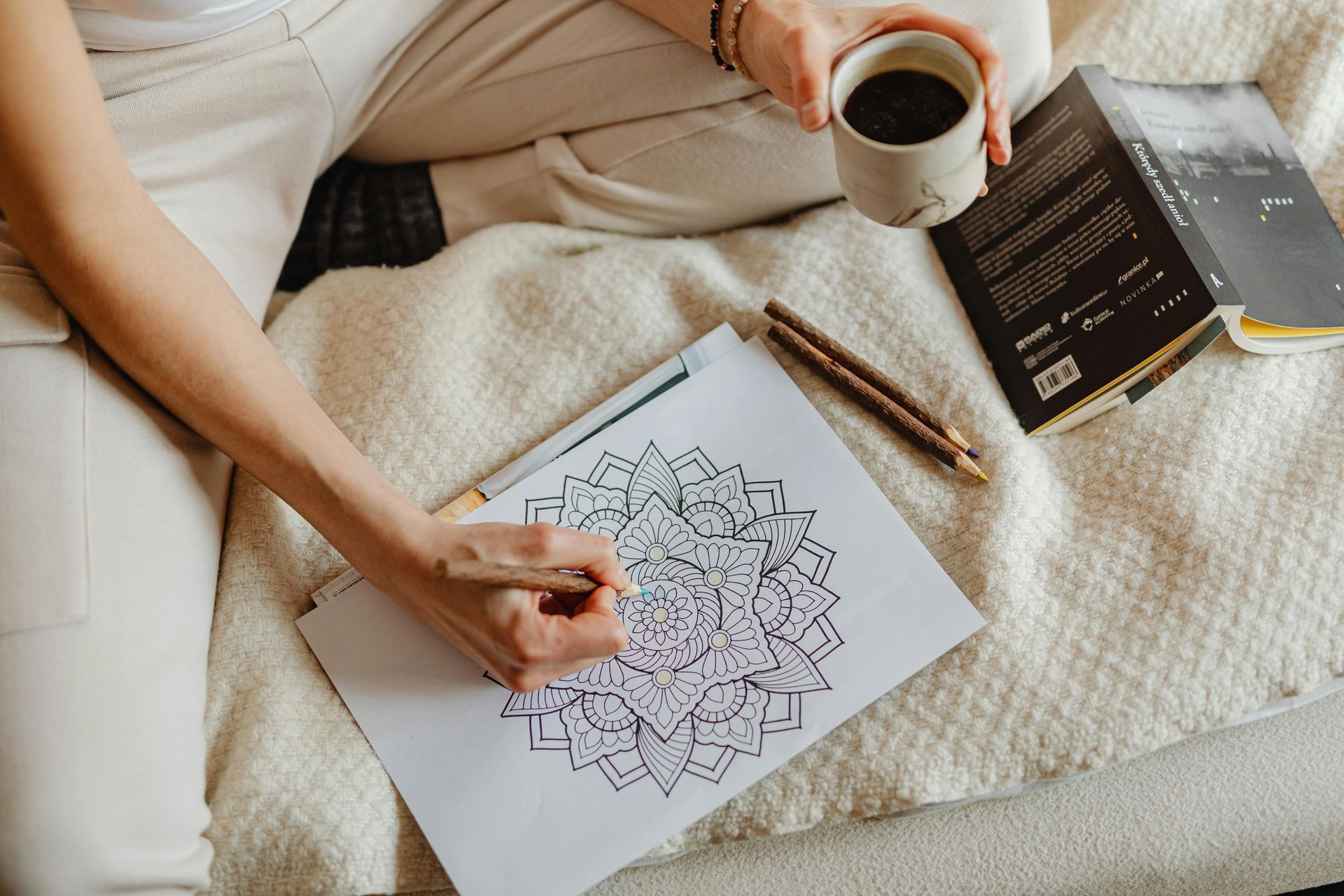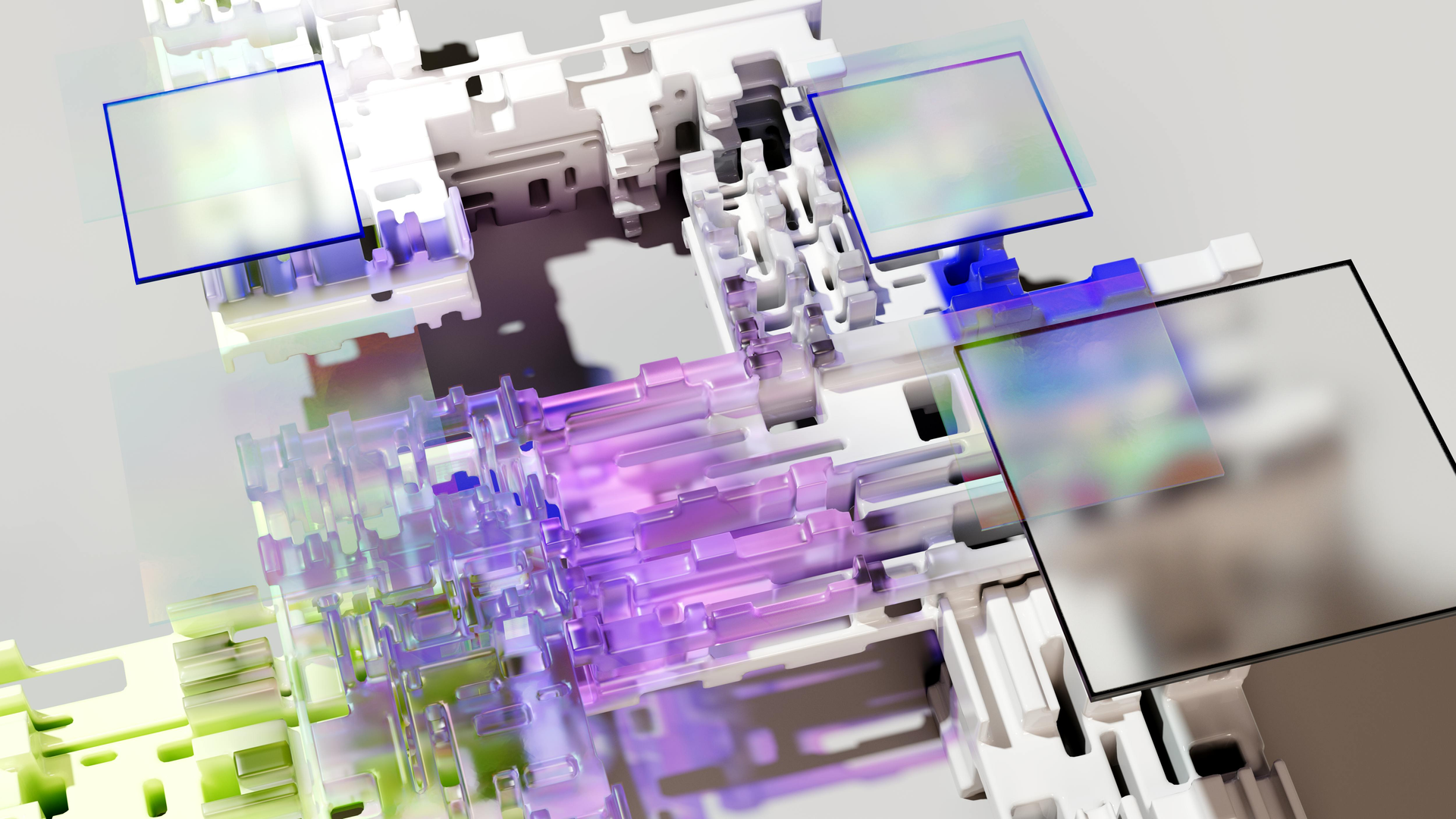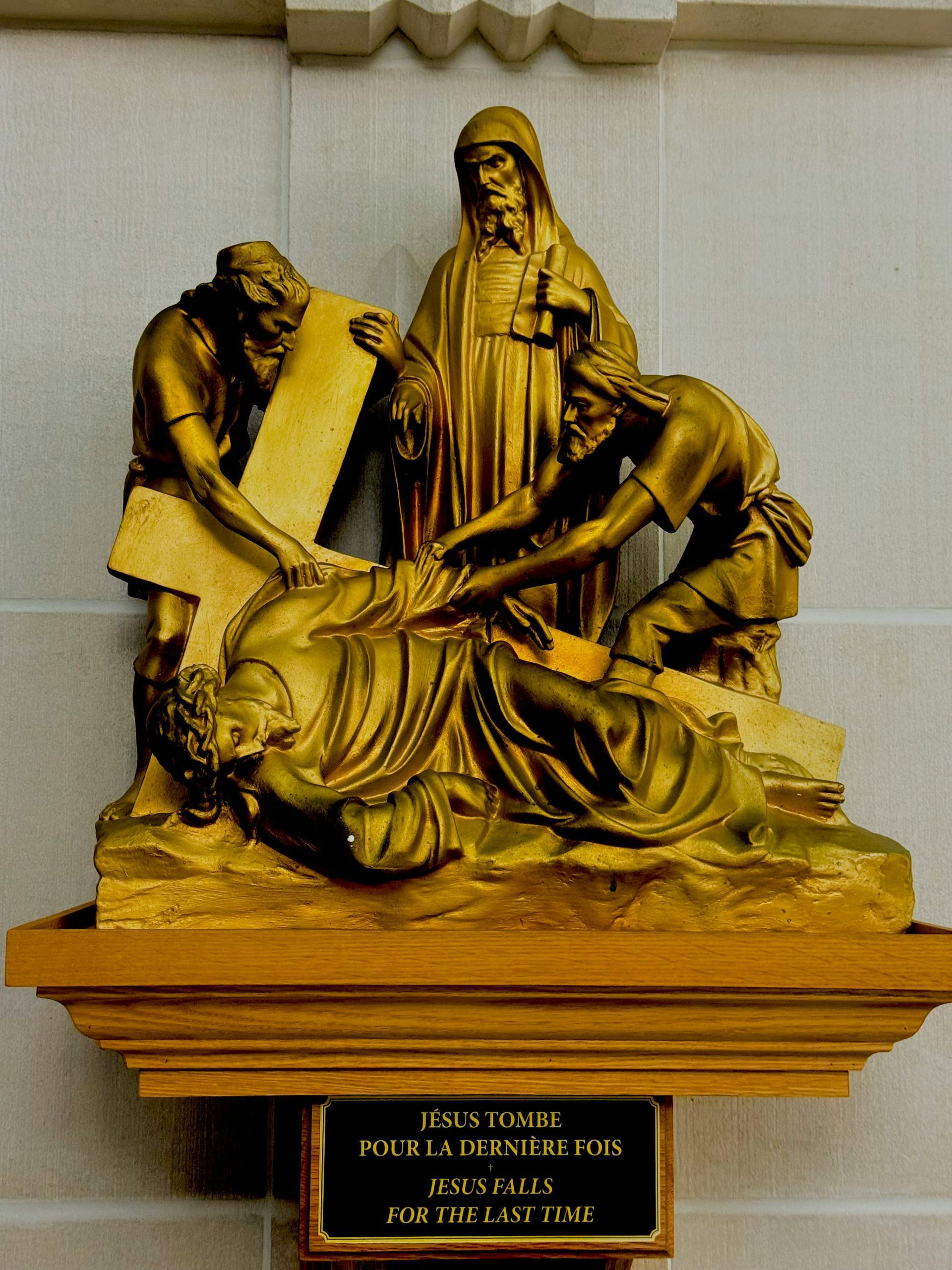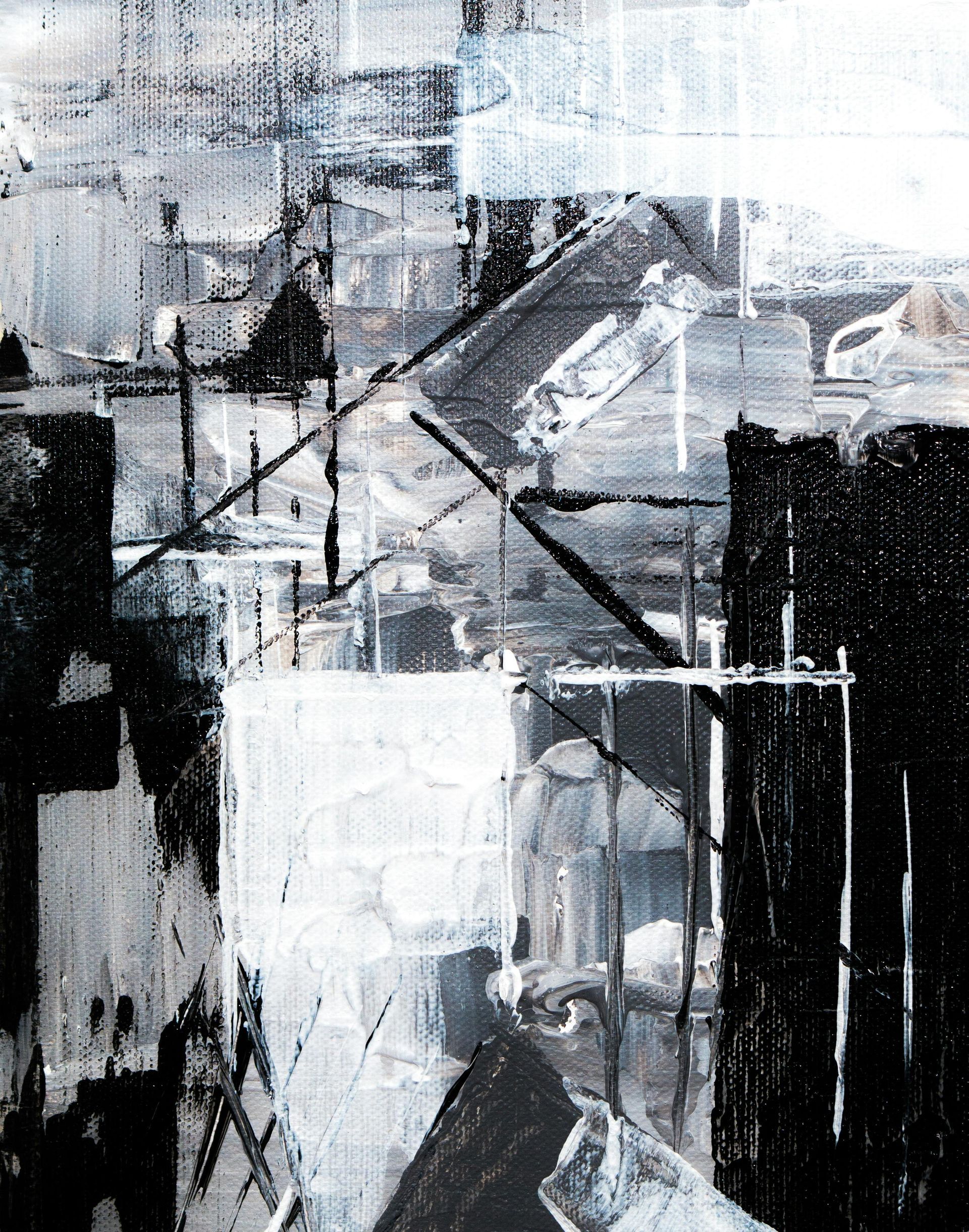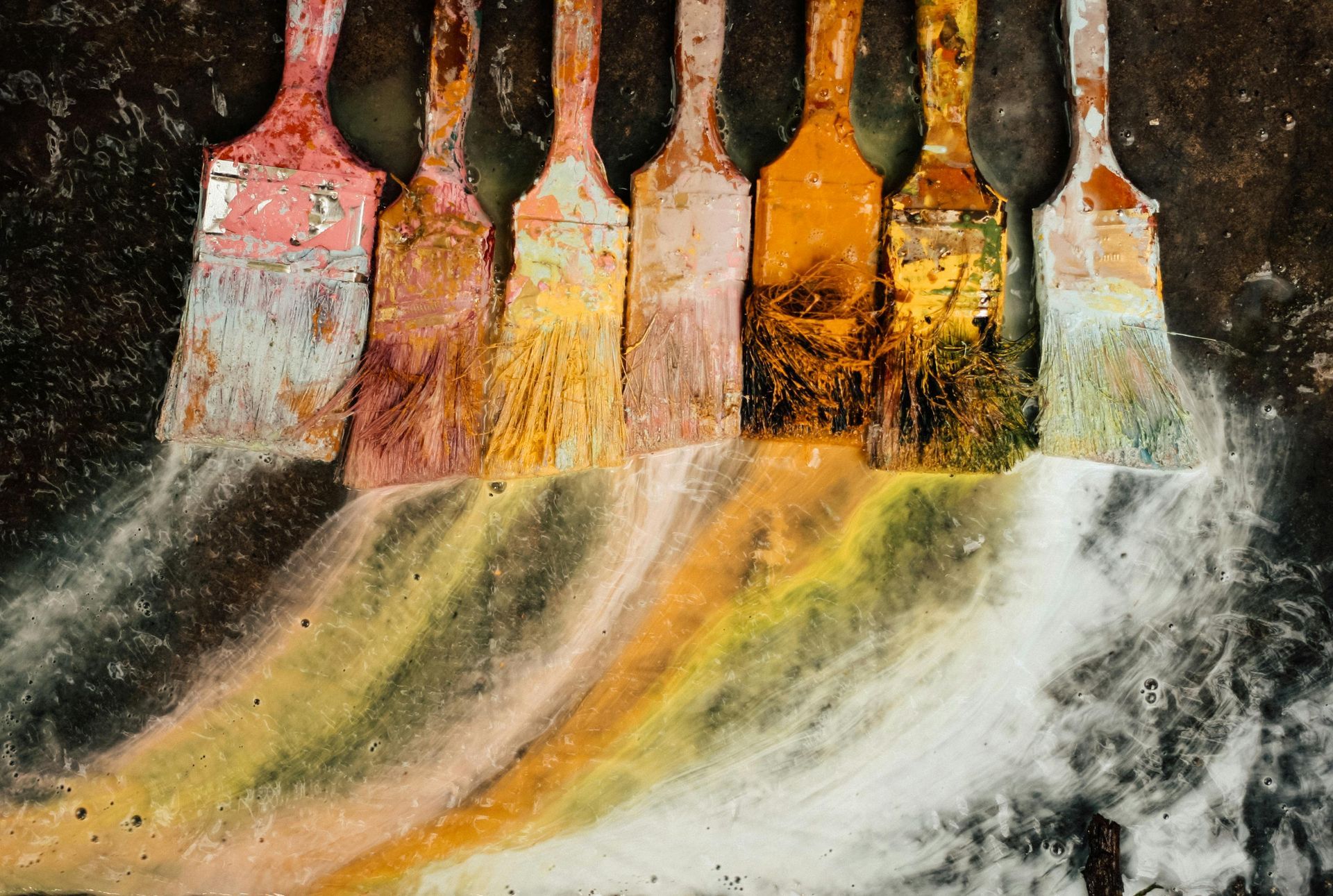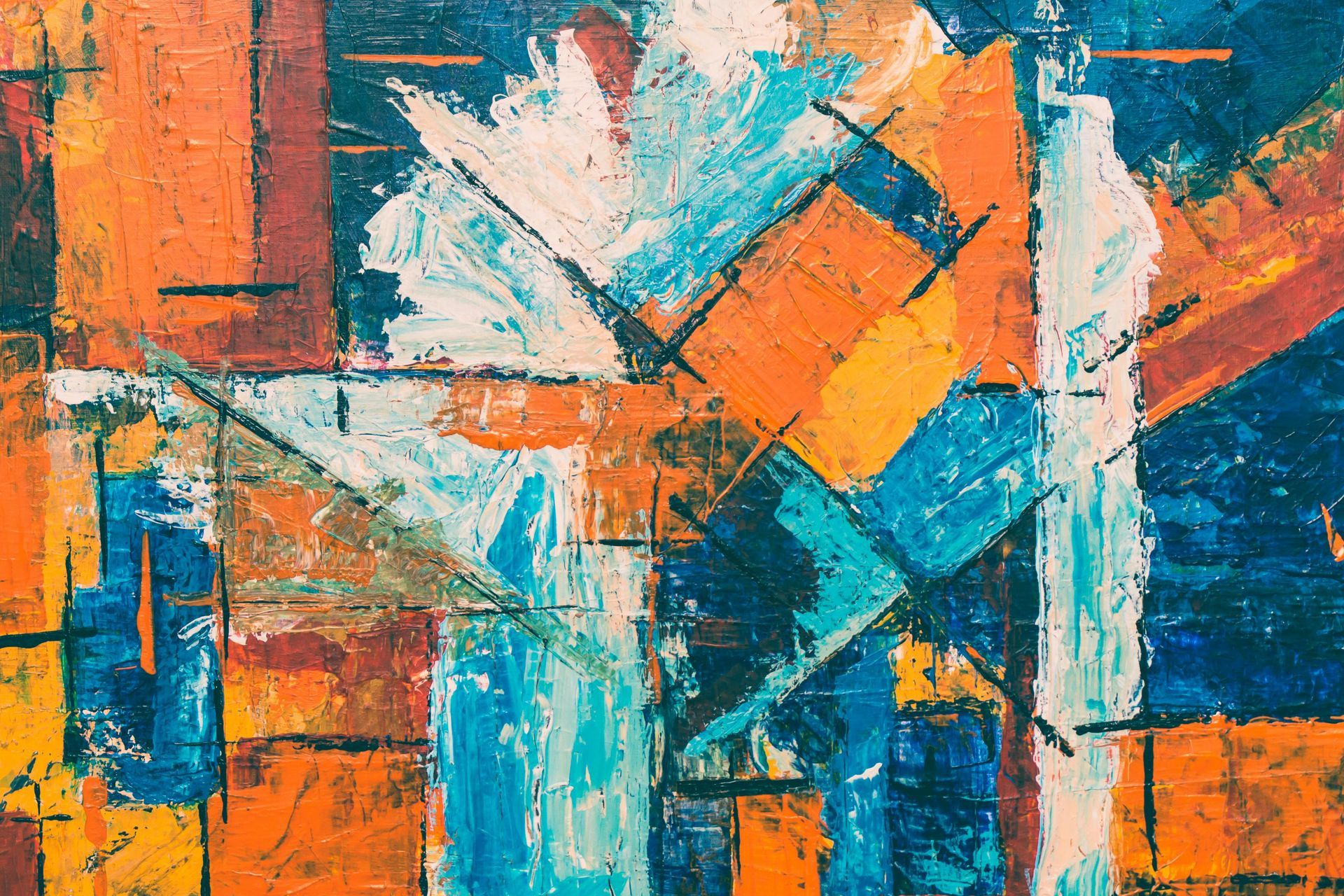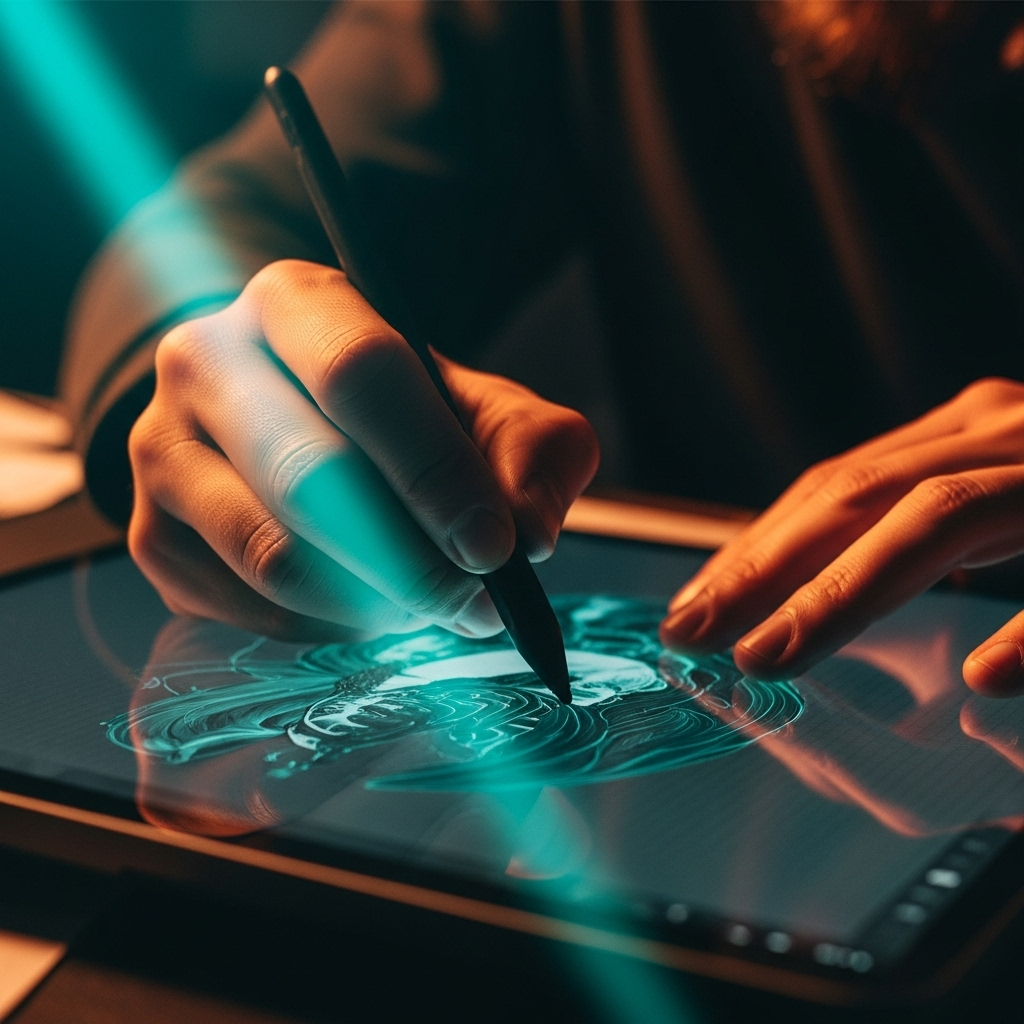Your Brain on Art: The Science Behind Creative Healing
What if I told you that picking up a paintbrush literally rewires your brain in real-time?
Yesterday we revealed art therapy's explosive market growth. Today, we dive into the mind-blowing neuroscience proving why it works. Prepare to see creativity in a completely new light.
The creativity circuit scientists just discovered:
Recent JAMA research mapping 857 participants found creativity activates a specific brain circuit centered on the right frontal pole. When you create art, this circuit doesn't just "light up"—it fundamentally rewires neural pathways, forming connections that didn't exist before.
Here's what happens in your brain when you create:
🧠 Default Mode Network strengthens—the same network meditation activates, promoting self-reflection and inner peace
⚡ Executive Control Network balances with creative networks—professional artists show enhanced connectivity between these typically opposing systems
🎨 Neuroplasticity accelerates—art-making stimulates new neural connections 300% faster than passive activities
The chemical cocktail of creation:
Making art floods your system with dopamine (motivation), serotonin (calm), and oxytocin (connection). Stanford research proves these neurotransmitters work in opposition but harmony—dopamine drives creation while serotonin provides emotional regulation.
The structure changes are permanent:
12 weeks of art therapy increased cortical thickness in memory regions while improving working memory in older adults. Parkinson's patients showed improved visual-cognitive skills and enhanced brain connectivity after just 20 art sessions.
Professional vs. novice brains reveal shocking differences:
Expert artists show creativity correlating with right prefrontal dominance over left. Novices show the opposite pattern. Training literally reorganizes intercortical interactions, with the right prefrontal facilitated while left suppressed.
Why this matters for mental health:
PTSD patients have lower default mode network connectivity. Art therapy increases DMN connectivity, potentially rebalancing this system. The bilateral brain activation during creation helps process trauma through both cognitive and somatic pathways.
At Portraet, we witness these transformations daily.
Artists report feeling "different" after creating—and now we know why. Their brains are literally changing, forming new pathways for emotional regulation, stress management, and cognitive flexibility.

